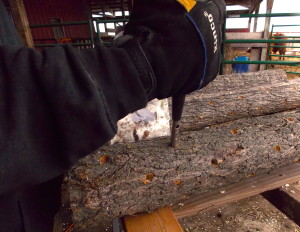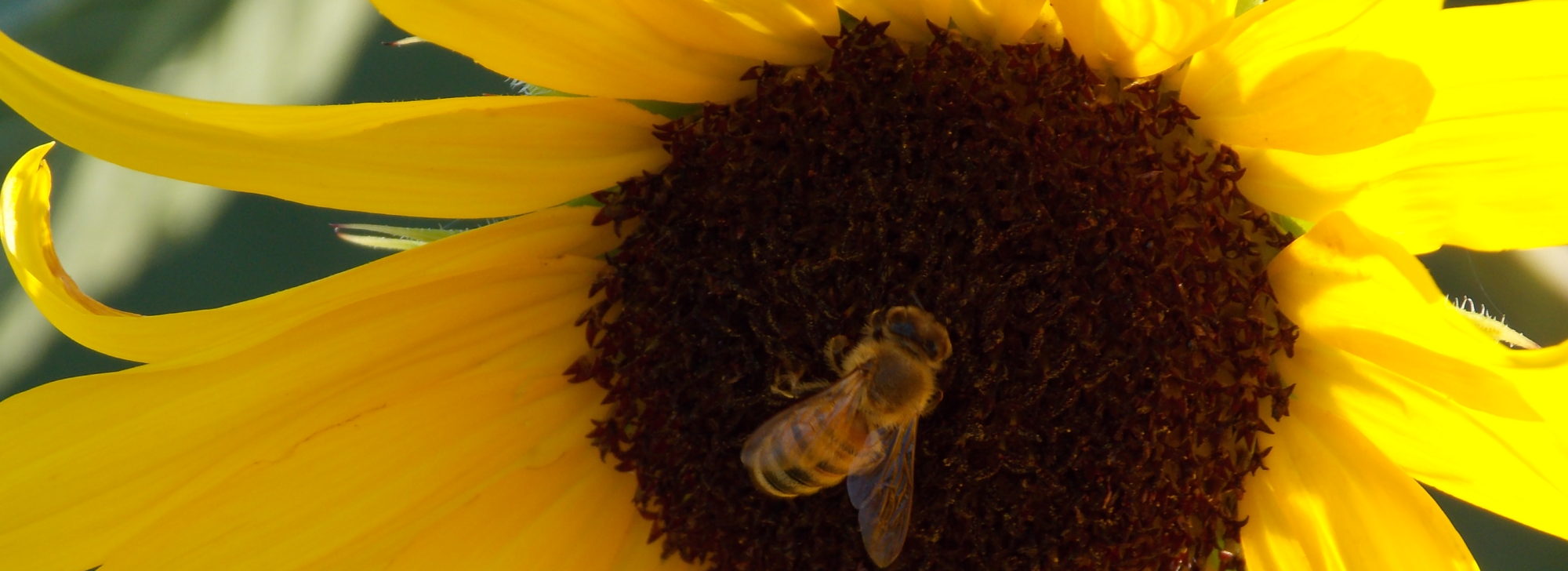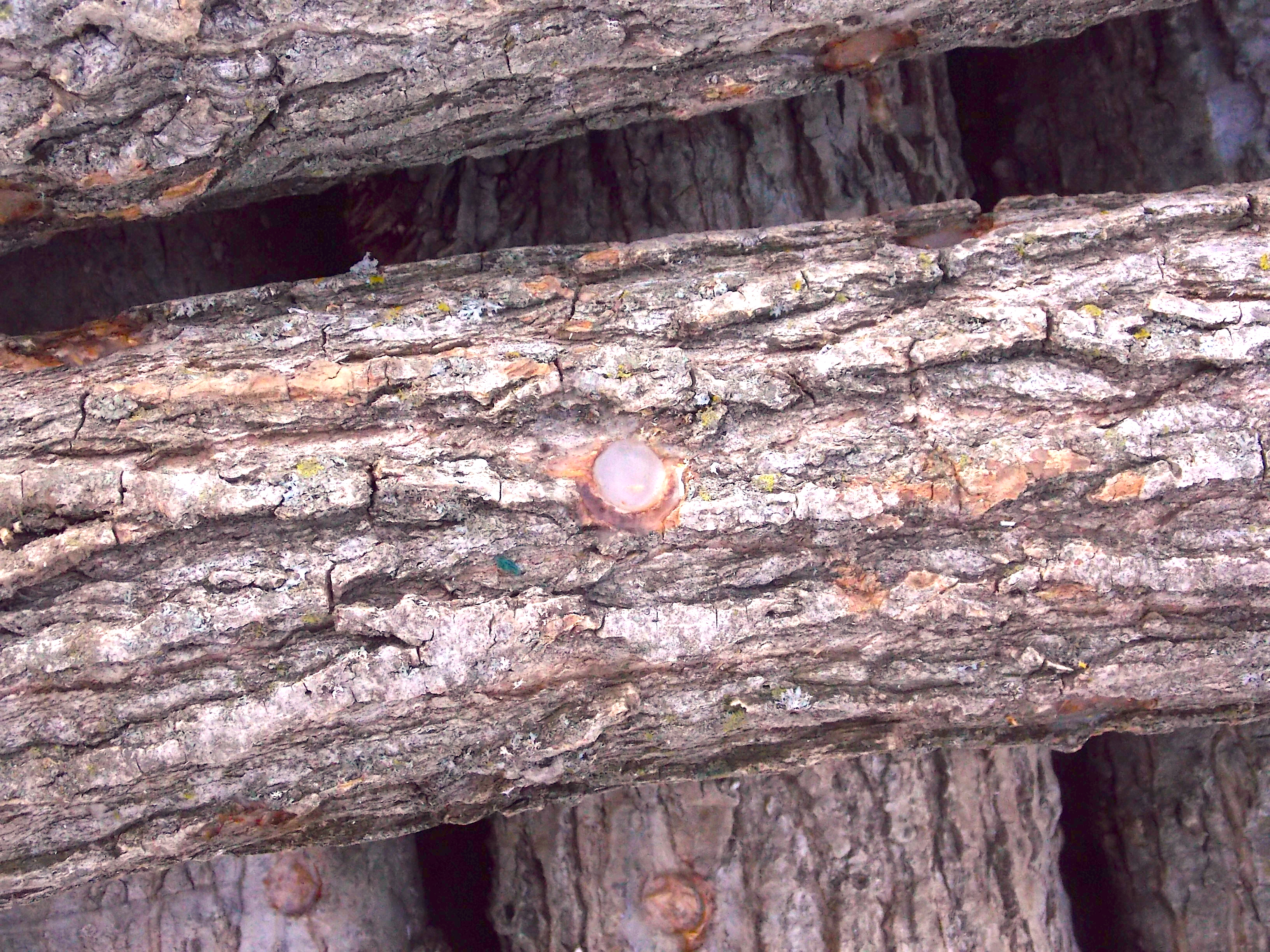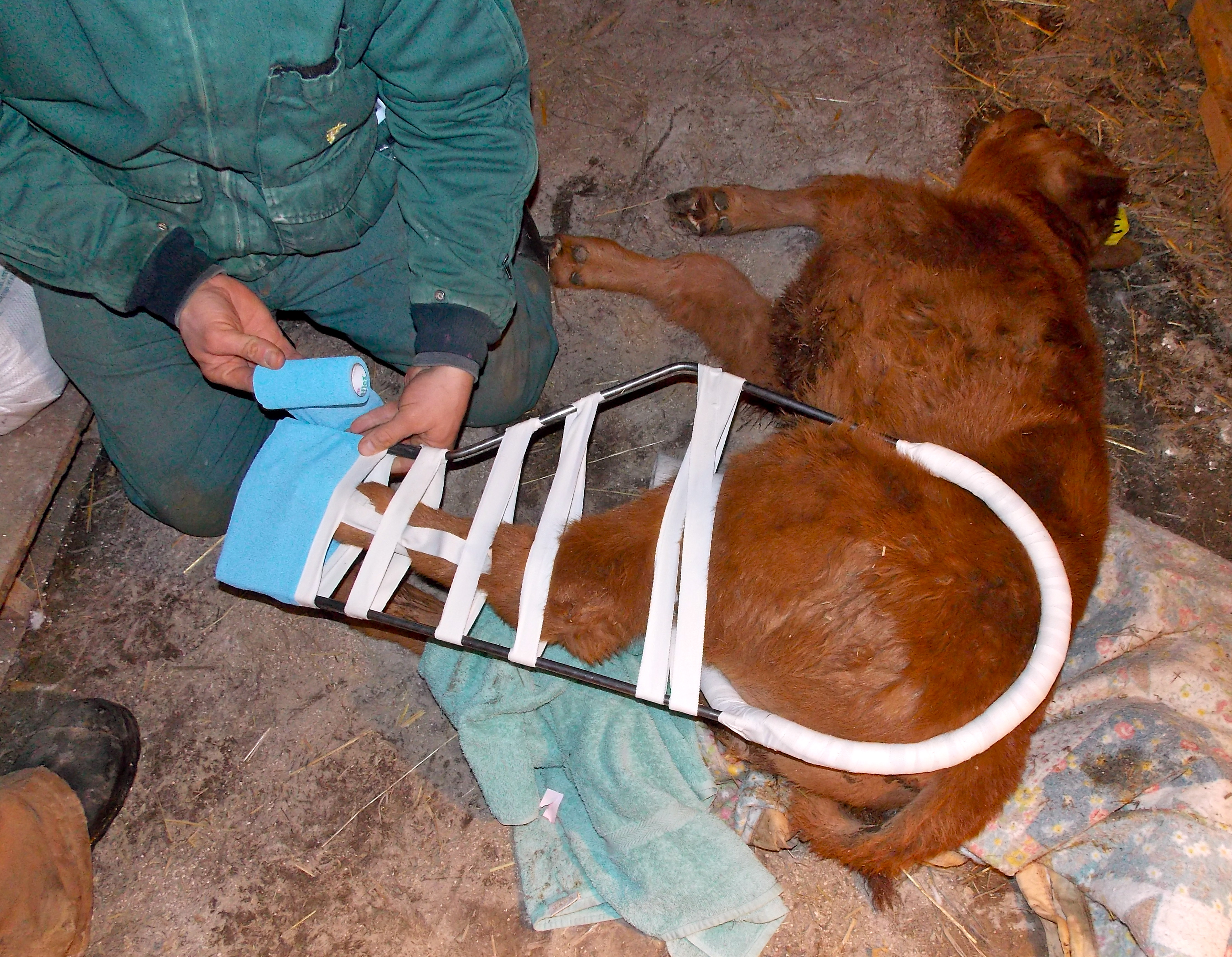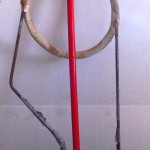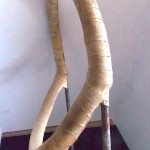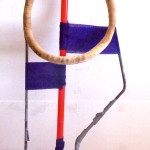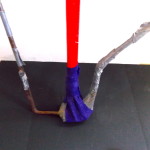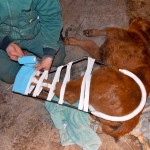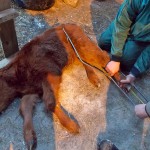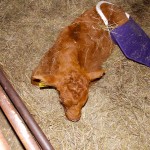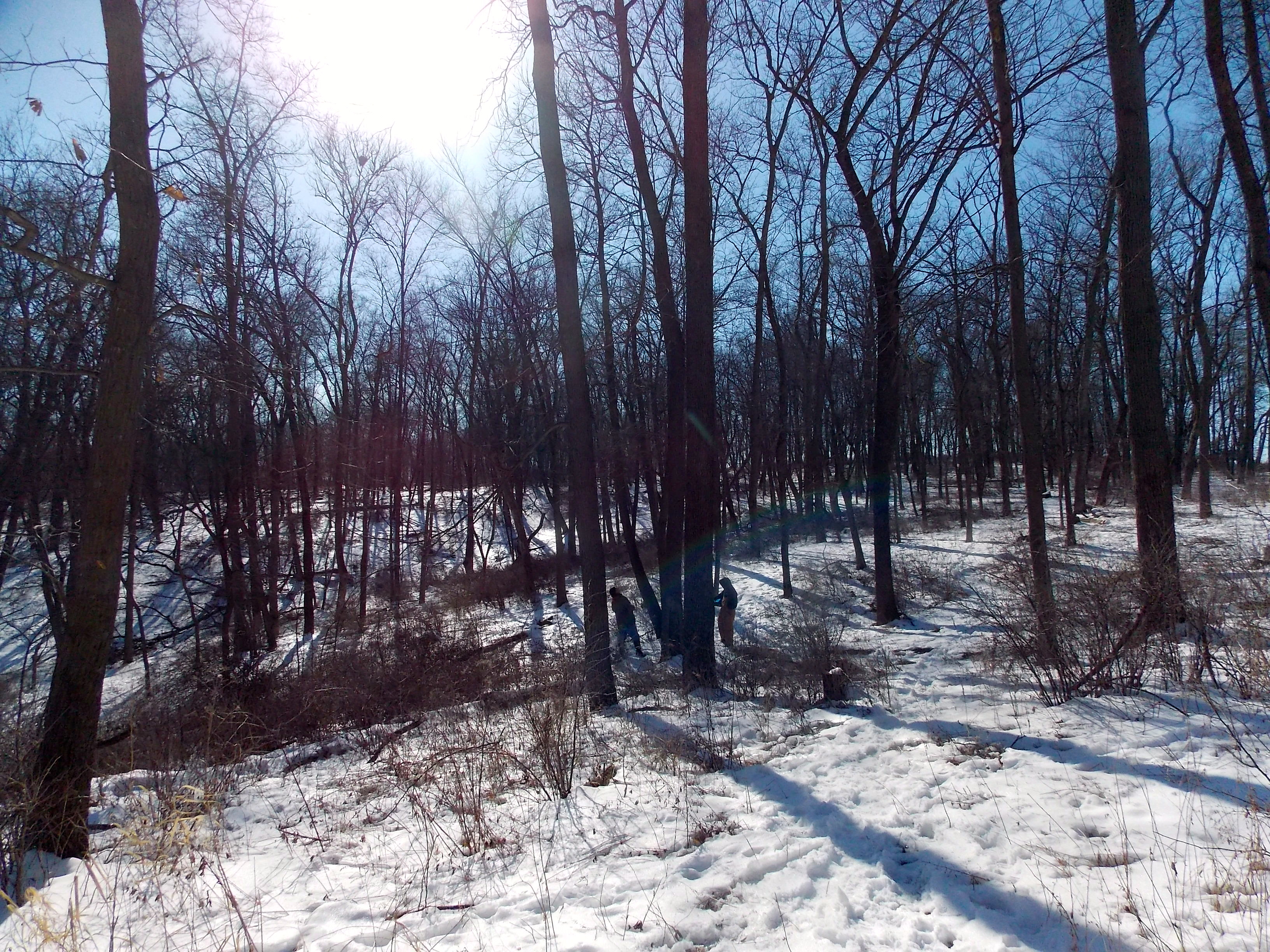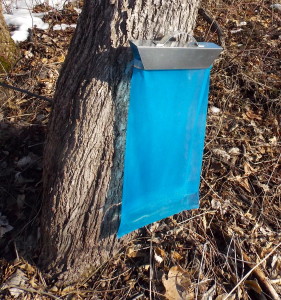On an old oak stump in our front yard grew a Hen of the Woods mushroom. Keith would watch it grow and mature until it was the ready to pick. It was just about perfect.
We were sitting on the front porch when a car pulled up. The dogs were sleeping in the autumn sun, they didn't notice. The driver ran from the car, cut the mushroom, and drove off.
Apparently someone else was watching the mushroom, too. Keith walked around the stump in disbelief, “Who steals a mushroom?”
“Probably the same type of person who tries stuffing a goat into the hatchback of their car.” A few weeks earlier a nicely dressed couple tried driving off with our goat, Midnight and a few of the laying hens.
Poor Keith, I empathized with him. He'd been waiting to enjoying this mushroom for a long time.
Our neighbor, Mike watched the same car pull up to his ditch and cut weed stalks early each summer. One year he flagged them down to ask what they were cutting. What they thought were wild rhubarb stalks in reality was Burdock. Mike just smiled, shook his head and waved them on. He loved re-telling that story.
Here in Iowa folks park along the roadside searching for wild asparagus or morels. The asparagus seekers carry sharp knives and plastic bags. They walk along the ditches and fence rows searching the grass around utility poles.
For some reason the commercial morel hunters irritate me, they don't ask for permission, they're dropped off in an area to begin scavenging the timber and underbrush for saleable product. They wear camouflage and carry handheld GPS devices. Morel's bring a hefty price.
Growing mushrooms is one of our latest projects. We're growing Oyster mushrooms for fun. Keith loves mushrooms. One year I bought him a shiitake growing kit which was fine, but about the difference between owning a plastic model of a Corvette or the real thing.
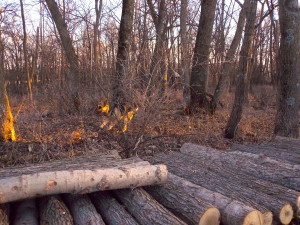 It was time for an up-grade, so this year we're growing two varieties of organic Oyster mushrooms; Grey Dove and PoHu.
It was time for an up-grade, so this year we're growing two varieties of organic Oyster mushrooms; Grey Dove and PoHu.
Keith cut logs from dormant Aspen trees. Each log is about 3 feet long, 6 – 8 inches in diameter. There are about one hundred logs for this year's mushroom project. He used a special bit to drill the holes. Cookie inoculated the logs with sawdust spawn and then capped each with wax. The logs are stacked in the timber, when it's dry this summer we'll use a water tank to soak the logs. The first mushrooms should start growing within a few months. This first year's yield will be sparse, but should increase each season for many years.
